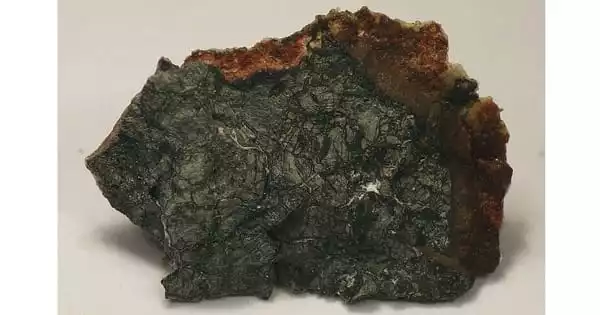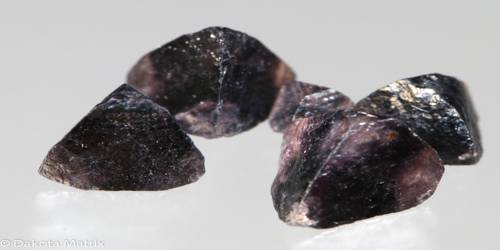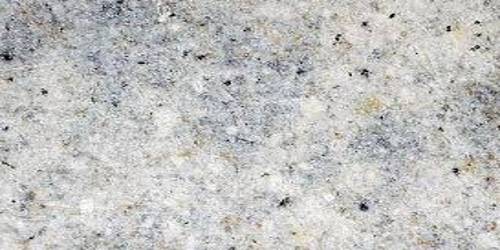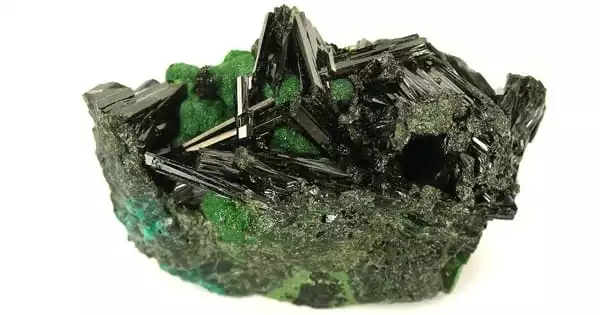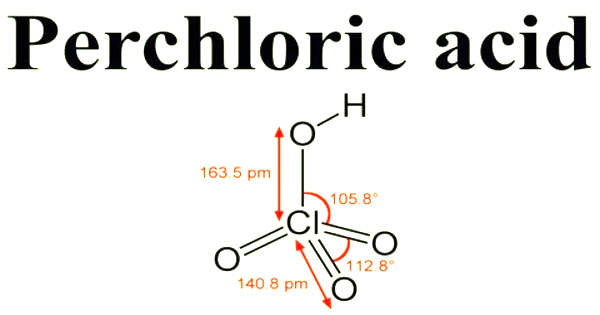Oldhamite is a calcium magnesium sulfide mineral with the chemical formula (Ca,Mg)S. It is a mineral CaS that is found in meteorites and is composed of calcium sulfide. Ferrous iron may also be present in the mineral, giving rise to the chemical formula (Ca,Mg,Fe)S. It was studied under controlled atmospheric and temperature conditions over the pO2 range 10-15 to 10-10 atm and at temperatures ranging from 800° to 1000°C. It is a mineral found only in enstatite-rich stony meteorites.
General Information
- Category: Sulfide mineral
- Formula: (repeating unit) (Ca,Mg)S
- Crystal system: Cubic
- Crystal class: Hexoctahedral (m3m)
- Color: Pale chestnut-brown
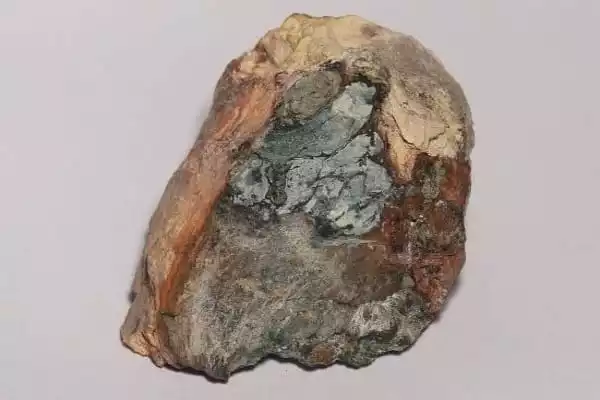
Properties
In meteorites, it is a pale to dark brown accessory mineral. It crystallizes in the cubic crystal system, but it is most commonly found as anhedral grains between other minerals. It is a member of the galena group with a face-centered isometric structure that is unstable under Earth conditions.
- Crystal habit: Crystal nodules, anhedral grains
- Cleavage: Good on {001}
- Mohs scale hardness: 4
- Luster: Sub-metallic
- Diaphaneity: Transparent
- Specific gravity: 2.58
- Optical properties: Isotropic
Discovery and
It was discovered in the Bustee meteorite in Gorakhpur, Uttar Pradesh, India, in 1862. It was named after the Director of the Indian Geological Survey, Irish geologist Thomas Oldham (1816–1878).
Occurrence – Because of its high melting point of 2450 degrees Celsius, an early nebular condensate may fill the latest interstices between silicates in enstatite chondrite and achondrite meteorites.
It is found in enstatite chondrite and achondrite meteorites as an interstitial mineral phase between silicate minerals. It is found in the presence of enstatite, augite, niningerite, osbornite, troilite, gypsum, and calcite. It has been reported from a number of meteorite locations around the world, including Antarctica’s Allan Hills 84001 meteorite. It’s also been discovered in a slag occurrence in France and a coal deposit in Poland.
Association: Enstatite, augite, niningerite, osbornite, gypsum, calcite, troilite.
